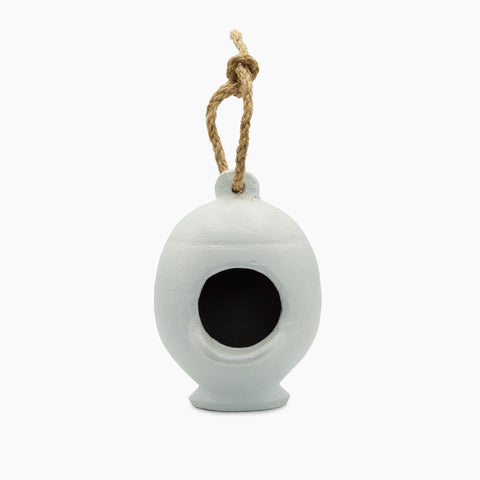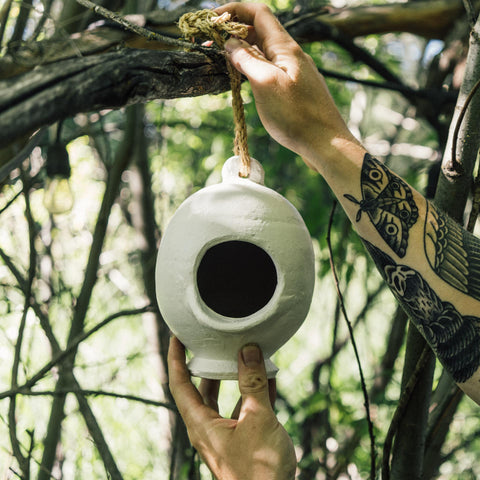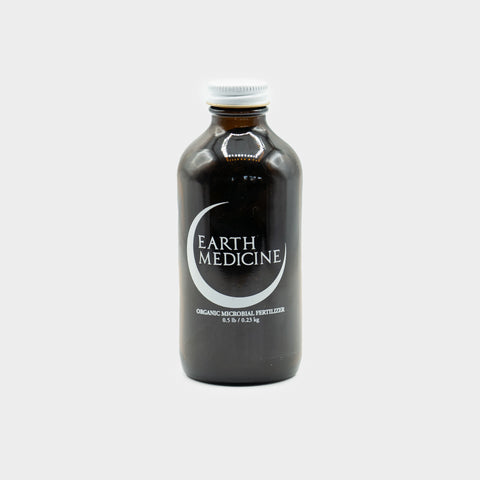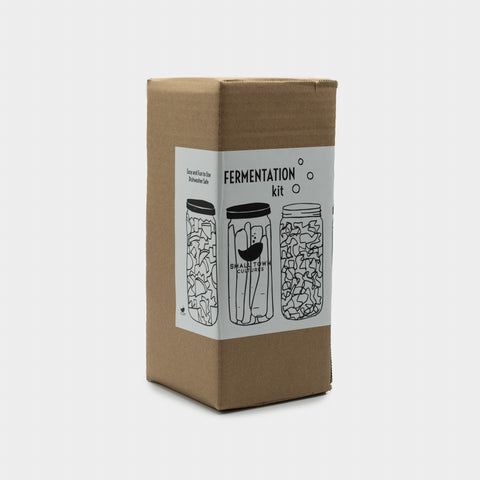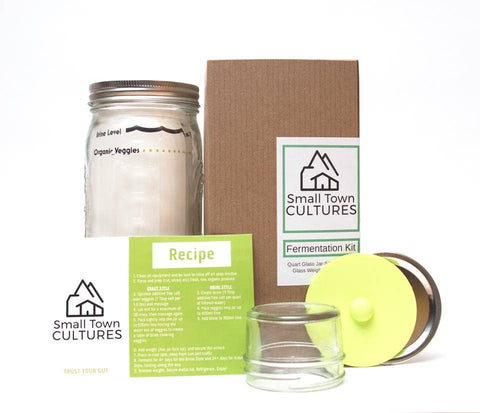Creating a Pollinator Garden
It’s not too late to plant your pollinator garden!
Milkweed for Monarchs: The iconic Monarch’s only food source for the young caterpillars is the leaves of Milkweed. Monarchs feed exclusively on this host plant and Milkweed is crucial for the survival of Monarchs. Without milkweed, their life cycle cannot be completed and their populations decline. Plant Milkweed for Monarchs and then collect the seeds and plant again for next year!
Borage for Bees: Studies have shown that bees are attracted mostly to bright blue and purple hued flowers. Borage is an amazing plant for bees & worthy of any herb-garden. The magic of Borage comes from the flower’s ability to quickly replenish their nectar supply. Because the flowers so quickly refill their nectar (it is said that up to each minute!), they provide nourishment to honeybees all summer!
Herbs for all: Thyme, Basil, Rosemary, Oregano, Lavender, Mint and more are all great for pollinators as long as they are able to go to flower! Many of these herbs provide food for Mason bees and other native pollinators.
Sunflower Superheros: Sunflowers are big and bright, which means they can be easy targets for pollinators! Their large flowers provide both pollen and nectar and because they are broad and flat, they can host a variety of pollinators from butterflies to bees!
Squash for success: Squash, cucumbers, zucchini, and gourds make great pollinator habitat and provide large flowers for pollinators to sip from and collect pollen & nectar! Carpenter Bees, Squash Bees, and Bumble Bees love all varieties of squash, gourds, and cucumbers! Plus, after they're done with their job, you’ll get to enjoy the fruit of your shared labor!
Sharing is caring: Pollinators benefit from many different kinds of flowers. If it is within your means, letting a few of your favorite leafy vegetables and herbs bolt or go to seed is a great way to share with pollinators. An example would be letting some of your arugula go to flower or letting your basil go to flower.
Tips for Pollinator Gardens:
For pollinators to effectively and efficiently gather nectar & pollen, it is best to have clumpings of flowers rather than spread and scattered around. Think a garden-buffet all localized in certain corners!
Protect your pollinator garden from wind and elements: Is there a space in your garden that’s less exposed, maybe on a certain side of your home? This would be a great place for a pollinator garden!
Variety is key! To have a pollinator garden with a diversity of pollinators, plant diversity! You can also plant successionally (meaning not broadcasting or sewing seeds all at once but once every week for a few weeks) so that the pollinators will have a larger window to visit your garden.
